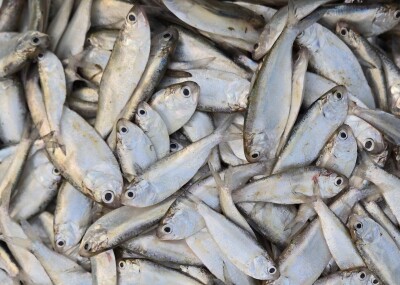Reel Action
Gloucester's bluefin chasers prove why they're the stars of the show
By Shelley Wigglesworth
The spirit of the sea runs deep in the veins of the hardworking commercial fishermen and women who have been making their living off the shores of Gloucester, Mass., for hundreds of years.
One of the oldest fishing villages in the United States, Gloucester is teeming with a rich maritime heritage that spans the centuries. It is also the home of Gorton's seafood, a mainstay fish processing factory in the town for decades, and to the Marine Science Research Station, a cooperative effort between the University of Massachusetts and the state's Division of Marine Fisheries, which conducts valuable studies of large commercial fish — primarily bluefin tuna — to ensure a healthy and sustainable fishing population for generations to come.
The region's commercial fishermen look forward to the rod and reel bluefin tuna fishing season, which runs from mid-June through December. Landing just a few of these giant fish can make their entire year of fishing — as one prime specimen of bluefin tuna can bring in upward of $20,000. There is a three-fish maximum per fishing vessel per day, but not all days are successful. Captains and crews can go days, even weeks, without a single hook-up. It can be a huge gamble, but when it does pay off, it pays dearly and is well worth it.
A day at sea with some of Gloucester's bluefin fishermen includes jockeying for space with the television crew from National Geographic's "Wicked Tuna," which is now in its third season. Skipper Dave Carraro, 48, and his deckhands, Sandro Maniaci, 27, and Garon Mailman, 30, on the F/V Tuna.com took the gamble of hosting another media stowaway on Wednesday, Sept. 11, 2013.






